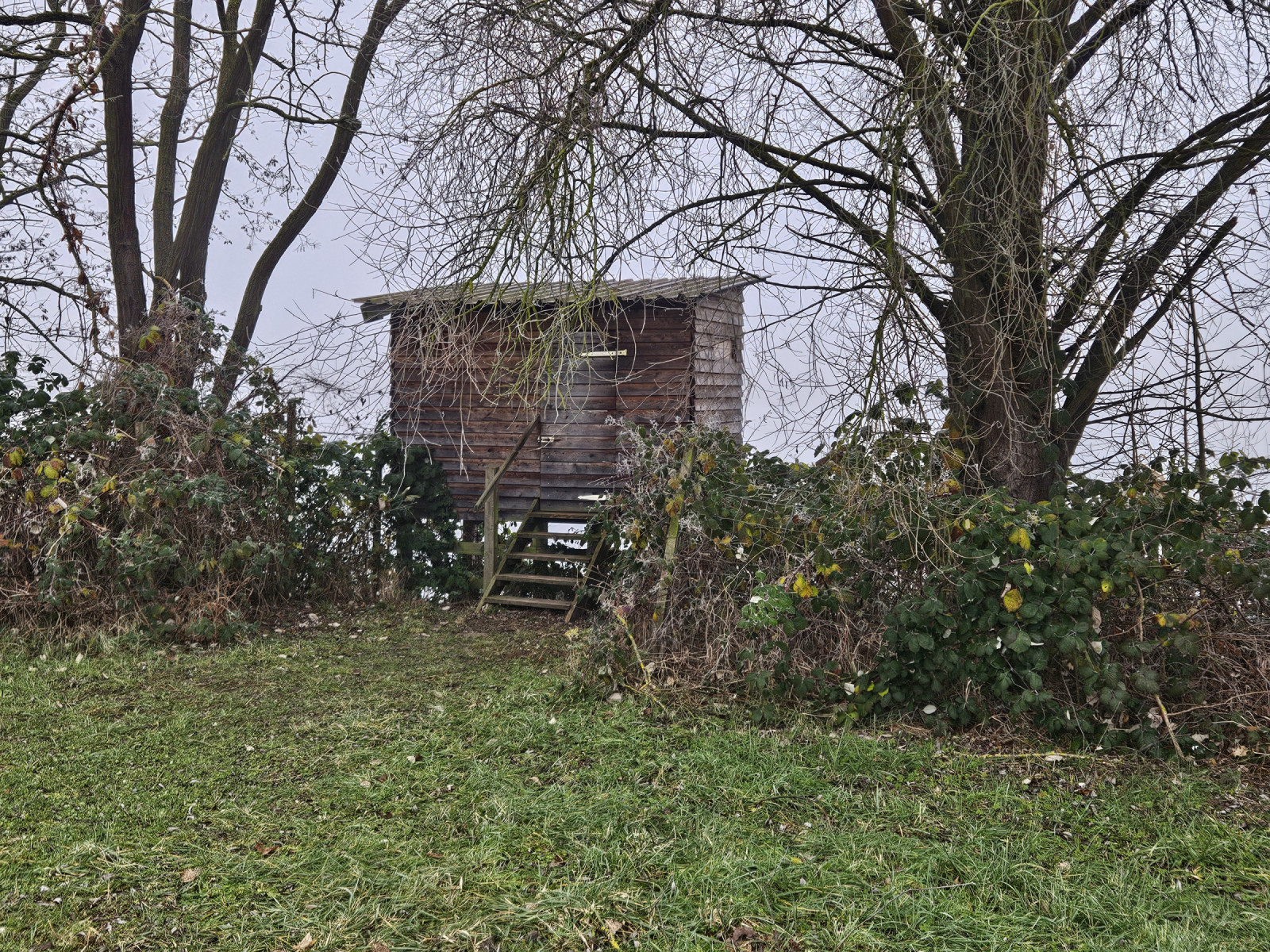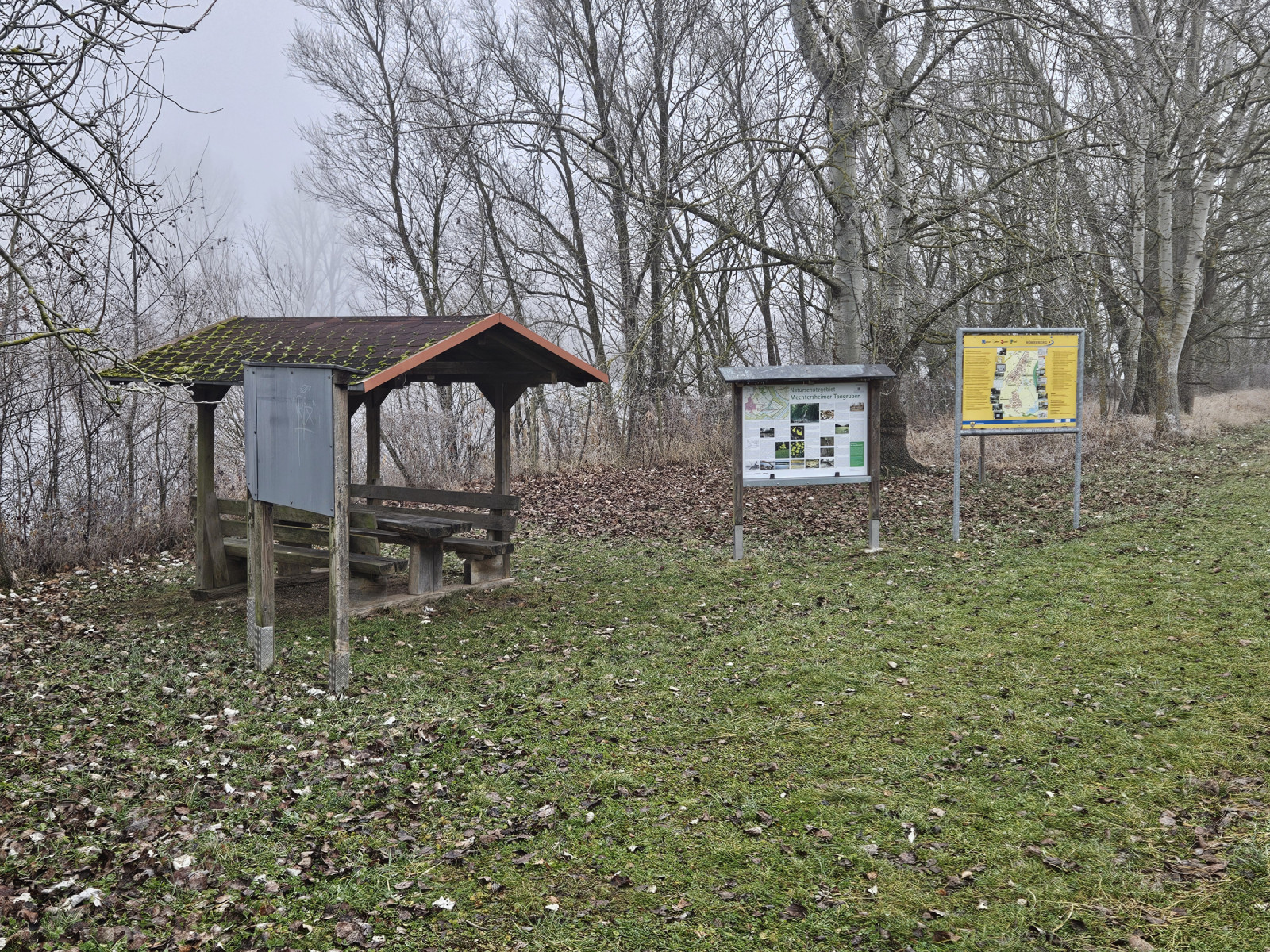Opis
Mechtersheimer Tongruben is a former clay pit near the village of Mechtersheim turned into a nature reserve. The area, which is about 34 hectares in size (and only 500m from the Rhine), is an important wintering area for waterfowl and also a breeding ground for various species. In winter, gęś tundrowa and gęś białoczelna (otherwise rare in the area) can be reliably found in large numbers. Other wintering species include various ducks and grebes. Since 2021, there have also been repeated sightings of the rare kormoran mały. In previous years, czapla purpurowa have bred in the area.
Szczegóły
Dostęp
Mechtersheimer Tongruben is about 2 km from the village of Mechtersheim in Römerberg municipality (south of Speyer). The area is best reached by car or bike. There are two parking spots, marked P on the map, only a 300m walk from the birdwatching hide. The closest railway station is in Heiligenstein, approx. 5 km away (20min cycle).
It is possible to walk around the area, but there is no access to the water and views are limited. The best views are from the hide on the southern bank (marked on the map).






